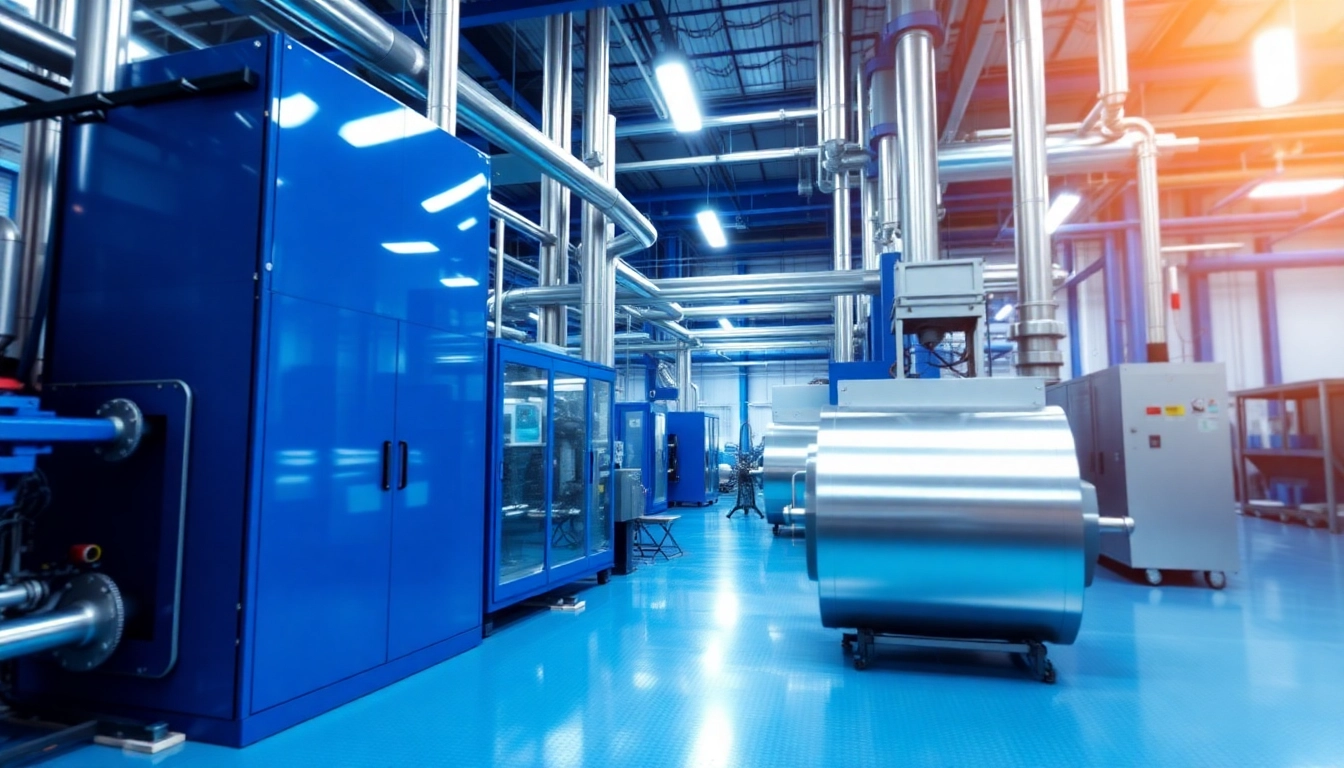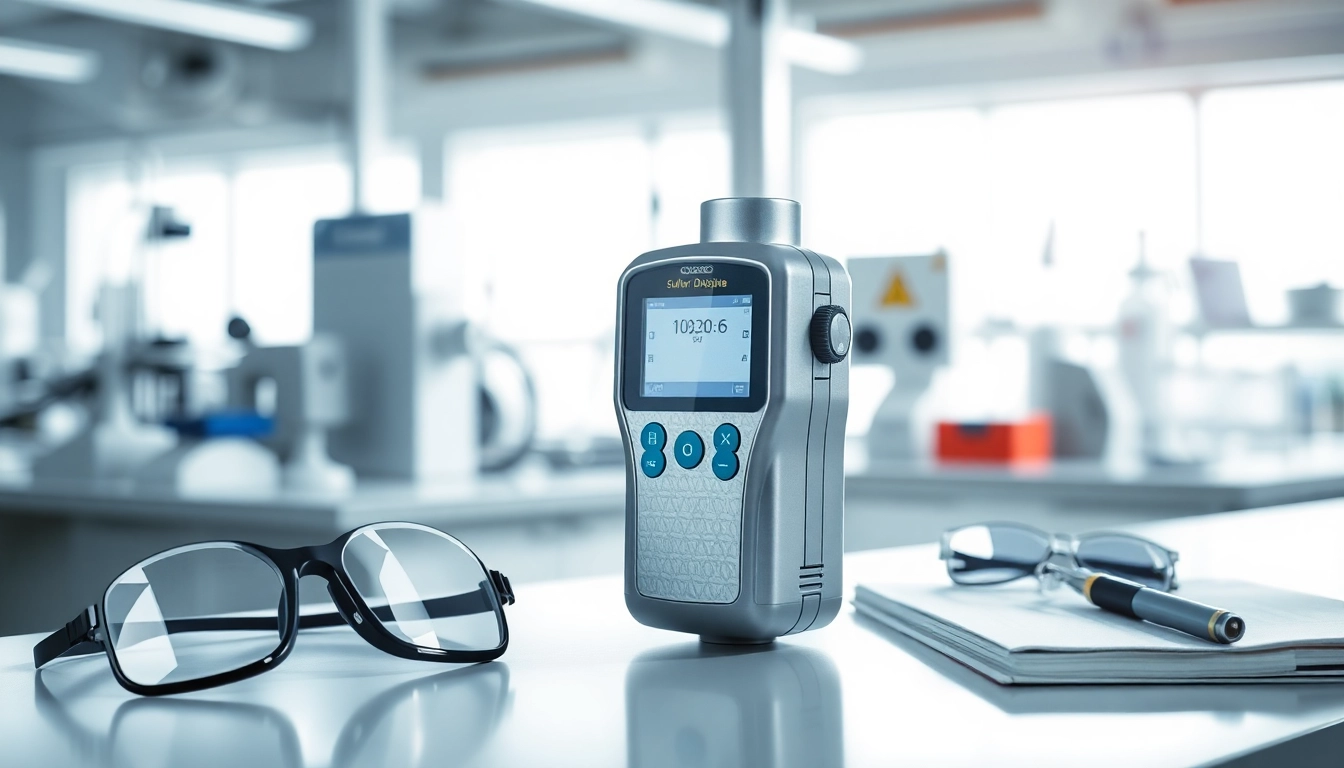What is EP Coating?
Definition and Background
Electrophoretic coating, commonly referred to as EP coating, is an advanced surface finishing technique employed primarily for conductive materials. This method utilizes an electric current to drive charged paint particles toward a submerged workpiece, whereby the coating densifies and bonds seamlessly to the surface. This process enhances the durability, aesthetic appeal, and corrosion resistance of finished products. EP coating, originally developed in the mid-20th century, has grown to be widely used across various industries, including automotive, electronics, and heavy machinery. For more insights into the nuances of ep coating, we delve into its intricate workings and multifaceted applications.
How EP Coating Works
The EP coating process involves several critical stages. Initially, a workpiece is thoroughly cleaned to eliminate any contaminants that could interfere with adhesion. Once prepared, the item is submerged in a specially formulated paint bath. An electric current is then applied, causing the paint particles to migrate toward the oppositely charged workpiece. This results in the formation of a uniform coating layer. After the desired thickness is achieved—typically between 15 and 30 microns—the coated part is cured in an oven. This curing process further solidifies the coating, improving its resistance to abrasion, chemicals, and corrosion.
Different Types of EP Coating
EP coating can be classified into several categories based on various parameters, including the chemical composition of the paint, the polarity of deposition, and the application method. Common types include:
- Cationic Coatings: These coatings carry a positive charge during deposition, which allows for a robust bond with negatively charged substrates such as steel.
- Anionic Coatings: Anionic coatings are typically used for substrates with a positive charge, such as aluminum. They provide excellent coverage and corrosion resistance.
- Hybrid Coatings: Combining both cationic and anionic characteristics, hybrid coatings offer enhanced flexibility and performance across a variety of surfaces.
Advantages of EP Coating
Durability and Corrosion Resistance
One of the standout benefits of EP coating is its exceptional durability. The tightly adhered finish forms a protective layer that can withstand harsh environmental conditions, thus significantly extending the lifecycle of the coated components. Moreover, EP coatings exhibit remarkable resistance to corrosion, making them an ideal choice for metal substrates exposed to moisture, salt, and various chemicals. This resistance is crucial across applications, especially in automotive and industrial segments where longevity and reliability are paramount.
Environmental Impact and Safety
In a world increasingly focused on sustainability, EP coating presents an eco-friendlier option compared to traditional coating methods. The process generates minimal volatile organic compounds (VOCs), thereby reducing air pollution and health risks for workers. Additionally, the ability to reclaim and reuse approximately 95% of excess paint mitigates waste, allowing industries to adopt more sustainable practices.
Cost-effectiveness Over Time
While the initial investment in EP coating technologies might seem substantial, the long-term savings are significant. The durability and extended lifecycle of coated products translate into lower maintenance costs, reduced frequency of re-coating, and enhanced overall operational efficiencies. Additionally, more robust components reduce downtime and associated costs, making EP coating a financially attractive alternative for many industries.
EP Coating Applications Across Industries
Automotive Industry Implementations
In the automotive sector, EP coating is invaluable, providing an even, durable, and corrosion-resistant finish crucial for vehicles. Components such as chassis, suspension parts, and undercarriages benefit from the coating’s protective attributes, which are essential for maintaining vehicle longevity against environmental stresses. Moreover, the process is highly efficient, permitting the coating of complex geometries with thorough coverage, making it an ideal manufacturing solution.
Electronics and Appliance Usage
Beyond automotive manufacturing, EP coating is widely utilized in the electronics and appliance sectors. Its exceptional insulative properties and ability to be applied in thin layers make it a prime choice for electronic devices. The coating also protects sensitive components from moisture and dust, prolonging their operational lifespan. Appliances such as refrigerators, washing machines, and air conditioners also benefit from the aesthetic finish and functional protection that EP coatings provide.
Industrial Equipment and Components
Industrial settings frequently employ EP coating for machinery and components exposed to abrasive and corrosive conditions. Manufacturing tools, heavy machinery parts, and general industrial equipment often undergo EP coating to enhance their resilience. The protection against harsh chemicals, humidity, and wear extends the operational lifespan of these tools, ultimately contributing to increased productivity and efficiency in industrial operations.
Comparison: EP Coating vs. Other Coating Methods
EP Coating vs. Powder Coating
While both EP coating and powder coating serve the purpose of providing durable finishes, they operate on different principles. Powder coating uses heat to melt and set a powdered surface layer, whereas EP coating relies on electric currents for deposition. EP coating typically achieves a more uniform application on complex shapes, offering superior coverage in recesses and edges. Additionally, EP coatings require lower operating temperatures, making them advantageous for temperature-sensitive materials.
Electrophoretic Coating vs. Anodizing
Anodizing is an electrochemical process primarily used for aluminum and its alloys to increase corrosion resistance and wear resistance while enhancing surface aesthetics. Unlike EP coating, which applies a paint finish, anodizing alters the actual surface of the metal. This results in a hard, protective oxide layer. While anodizing can be beneficial for aluminum components, it doesn’t provide the same color variety and protective qualities found in EP coatings for steel and other metals.
Durability Factors in Different Methods
The durability of coatings can significantly differ based on the method used. In general, EP coatings exhibit superior adhesion and chemistries that enhance their longevity under various stresses compared to traditional coatings. Factors such as environmental exposure, chemical interaction, and mechanical wear can determine coating performance. It’s essential for industries to assess these parameters carefully when selecting a coating process to ensure optimal durability and performance.
Best Practices for Implementing EP Coating
Preparation and Surface Treatment
The effectiveness of EP coating largely hinges on proper surface preparation. This entails cleaning the workpiece to remove oils, dirt, and rust. Often, mechanical methods such as sanding or blasting are employed to achieve a suitable surface profile. This step is critical, as any contamination can lead to poor adhesion and compromised coating integrity. Additionally, pre-coating treatments like phosphating can enhance corrosion resistance and improve paint adhesion.
Post-Coating Quality Control
Once the EP coating is applied and cured, conducting thorough quality control checks is vital. This may include visual inspections for uniformity, thickness measurements using tools like eddy current gauges, and testing for adhesion strength through tape tests. Ensuring the coating meets the specified standards is crucial for performance and durability in the long term.
Maintenance of Coated Surfaces
Proper maintenance significantly extends the life of EP coated surfaces. Regular cleaning to remove contaminants, applying protective waxes or sealants, and conducting periodic inspections for signs of wear can help maintain the coating’s effectiveness. Additionally, understanding the operating environment and customizing maintenance schedules accordingly can further enhance the performance and longevity of EP coated components.




